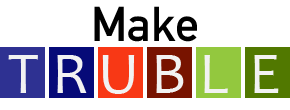1220 total view(s), 540 download(s)
Final Swirl Lesson Plan for Population Demography.pdf(PDF | 67 KB)
Population Demography Worksheet.pdf(PDF | 175 KB)
Population_Demography.swc(SWC | 320 KB)
Results Grading Rubric_student.pdf(PDF | 117 KB)
- License terms
Description
This lesson centers around comparing the survivorship of two groups using a life table derived from tombstone information. Students will work through calculating some elements by hand via a worksheet alongside working in R. This swirl lesson goes step-by-step to show students how to do basic data manipulations, graphing, visual inspection of the data, and statistical tests as they work an example dataset with respect to a given hypothesis (whether males and females have the same life history curve). Students are then expected to repeat the coding steps they learned in R to test a hypothesis of their own.
Learning objectives:
|
|
|
|
Notes
Please feel free to adapt this for use with other cemetery, longevity, or death datasets, provided that you are always respectful of the people your data represent.
Cite this work
Researchers should cite this work as follows:
- Weigel, E. (2019). Population Demography in Swirl. Make Teaching with R in Undergraduate Biology Less Excruciating, QUBES Educational Resources. doi:10.25334/Q4XN08
